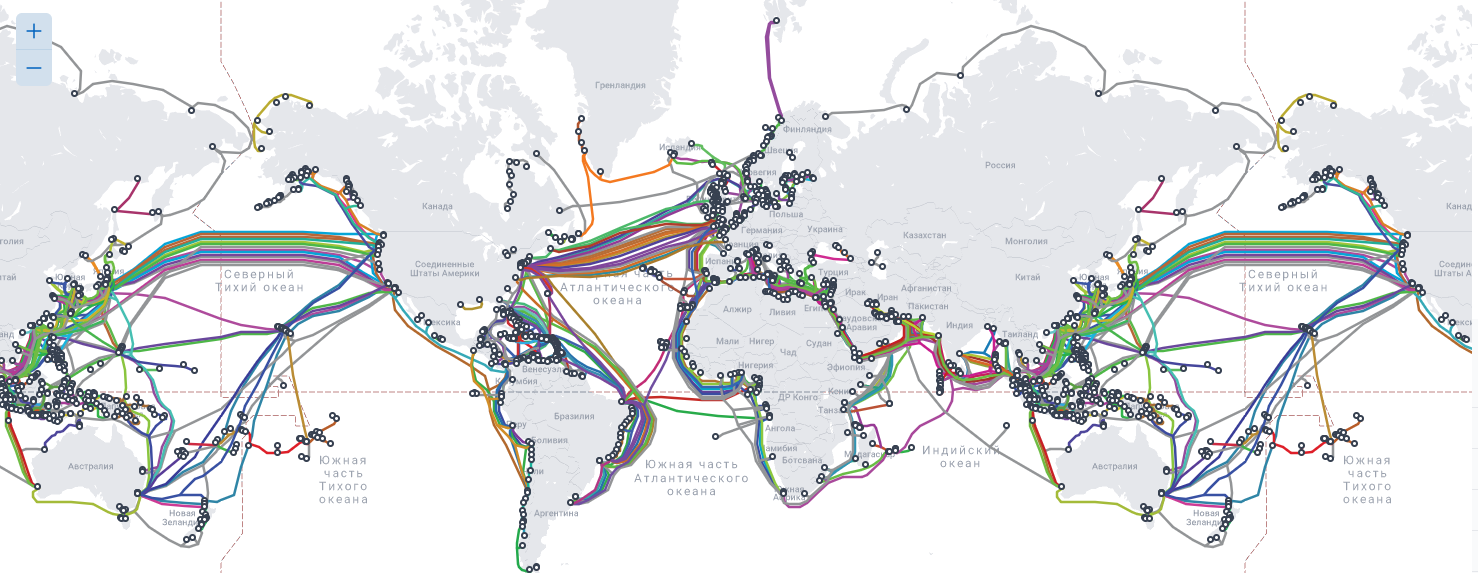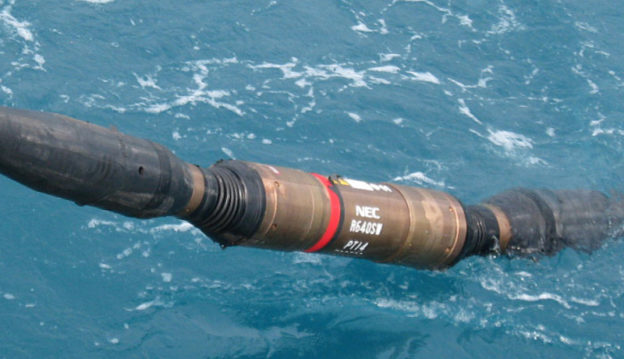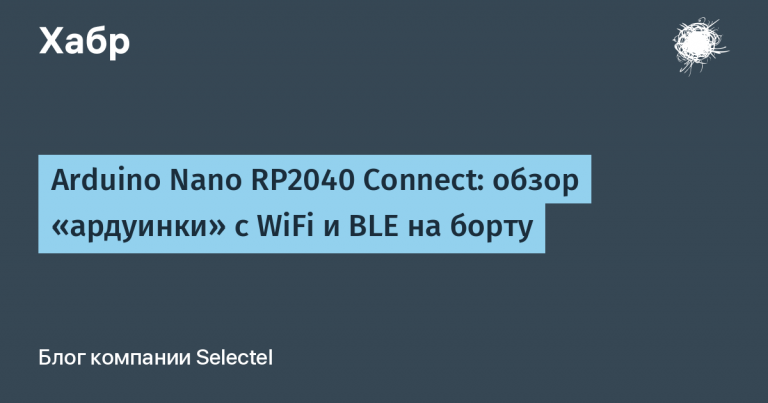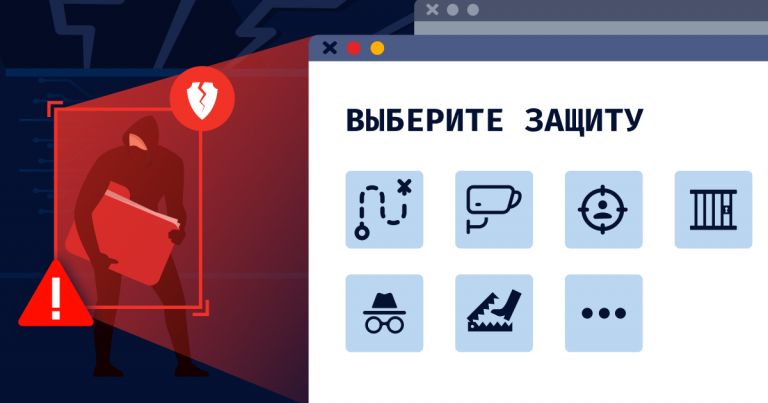The length of underwater Internet highways has exceeded 1 million km and continues to grow

The Internet is becoming more and more in our life, and more and more regions are connected to the global network. The connection is realized both by land and under water or by means of satellites. Over the past few years, Internet cables have been laid very actively along the bottom of the seas and oceans.
As far as is known, the total length of underwater Internet communication channels has exceeded 1.3 million km. Probably, the figure of 1.5 million km will soon be reached, and then 2 million km. This article is devoted to just underwater Internet highways, including both existing ones and those that are just being laid or that are planned to be laid.
Can I see the entire list of highways?
Yes, of course, the most accurate picture with Internet channels is provided by the consulting company TeleGeography. She was one of the first, if not the first, to create an interactive map of submarine cables, which can be viewed
… In the end, a developer interested in this topic even created a volumetric map that even more clearly shows what, how and where was laid.
The name of the developer is Tyler Morgan-Wall, for rendering he used a simple script and GeoJSON. The data is provided by the Submarine Cable Map site, which is created by TeleGeography. There are 487 highways and 1304 ground stations on the map from the site. Soon these figures will increase – now it is planned to lay several major highways, and some projects are being implemented right now.
As far as TeleGeography is concerned, the company constantly updates the data – exactly once a month. More often than before, the data has to be updated because now the largest telecommunications companies in the world are engaged in laying, which are interested in a reliable infrastructure. These companies include Google, Facebook, Microsoft, and Amazon.
These are private network operators, and the total capacity of these networks has already exceeded the capacity of networks created and / or created by operators of backbone Internet networks. Almost every month it becomes known that one or several companies of the Internet giants are laying the next highway.
As for the card, it makes it possible to see the name of each cable, as well as find out who is the operator of the backbone.
What is planned in the near future and who is working now?
Internet companies always have a lot of plans. As for the laying of new infrastructure elements, several large projects are currently being implemented.
2Africa Pearls

One of the largest projects currently underway is the 2Africa Pearls submarine cable segment. According to the plan of the operator, and this is Facebook, the cable will eventually connect three continents at once, including Europe, Asia and Africa. The total length of the cable will be over 45 thousand km, which is close to the world record.
African people are pinning their hopes on this cable. The fact is that in many countries of the continent there is either no Internet at all, or it is extremely slow and expensive. And if we consider that there are about 1.3 billion people in Africa, then companies that can attract new users can make good money.
The African Internet infrastructure has been scaling up for a couple of years now, the project itself is called 2Africa. This cable alone will provide three times the capacity of all other trunks around the continent.
According to Facebook, the cable will provide an opportunity to connect about 1.2 million people to reliable broadband Internet, which, of course, will give an impetus to the development of the region. Cable access points will be available in Oman, UAE, Qatar, Bahrain, Kuwait, Iraq, Pakistan, India and Saudi Arabia. In addition, African countries will be cross-connected among themselves, and not only have access to the backbone.
In August, project participants, namely China Mobile International, Facebook, MTN GlobalConnect, Orange, STC, Telecom Egypt, Vodafone and WIOCC announced the addition of four new branches to the project. Ultimately, the total length of the highway was about 37 thousand km. New regions are connected to the cable – Seychelles, Comoros, Angola, and the Canary Islands will soon be connected.
Submarine Internet Highways is a very interesting topic, but we have other articles, check it out – we talk about:
→ Small “raspberries” in a large data center
→ new SoC from Apple – M1 Pro and M1 Max
→ Creating your own server case
Internet cable for Facebook

This project has not yet received its own name, since the organizers do not disclose details.
that the cable will be laid by the Japanese company NEC for Facebook. The cable, which is planned to be laid, provides 20 times better carrying capacity than the cables that were put into operation 10 years ago.
The backbone includes 24 pairs of fiber, which can also be called a record – so far most companies work with cables that include 16 pairs. The throughput of the new highway will be 500 Tbit / s, as far as one can judge, this is twice the world record. Now the maximum bandwidth is at Google Dunant, the highway that we also wrote about. Its bandwidth is 250 Tbit / s, and its length is 6400 km. This cable was laid from the USA (Virginia) to France.
Most internet backbones are likely to have similar characteristics – 24 pairs and over 500 Tbit / s bandwidth. A similar project is currently being implemented by Confluence – it should be completed and launched by the second half of 2023.
Facebook again

Facebook (or Meta?) Is now working on another project – the implementation of a new Internet channel with a length of 2,500 km, which should unite Sao Paulo and Rio de Janeiro. But this is only the first stage of the project. In the near future, it will also be laid to the Brazilian Porto Alegre, and then to Argentina.
A ground communication station is currently under construction in Las Toninhas (Argentina). The cable is designed to improve business opportunities in both countries, as well as improve the overall quality of communications. According to analysts, after the project is fully implemented, the penetration rate in Argentina will increase by 6%, and in Brazil – by 3%.
The project is being implemented by Facebook together with GlobeNet, it is called MALBEC.





